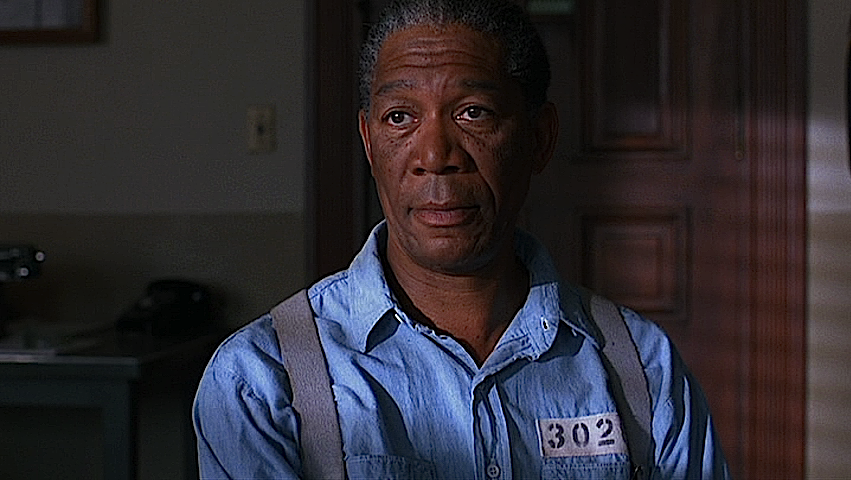The kind of situation Goldman describes, namely one in which two events C and C* are seen to be nomologically necessary and sufficient for each other, and in which each of them is thought to constitute an explanans for one and the same event E, is an inherently unstable situation. This is so especially when C and C* are each a member of a system of events (or concepts) such that the two systems to which they respectively belong show the kind of systematic nomological connections Goldman envisages for the psychological and the physiological. The instability of the situation generates a strong pressure to find an acceptable account of the relationship between C and C*, and, by extension, that between the two systems to which they belong; the instability is dissipated and a cognitive equilibrium restored when we come to see a more specific relationship between the two explanations. As we shall see, in cases of interest, the specific relationship replacing equivalence will be either identity or some asymmetric dependency relation.
Another way of putting my point would be this: a certain instability exists in a situation in which two distinct events are claimed to be nomologically equivalent causes or explanations of the same phenomenon; stability is restored when equivalence is replaced by identity or some asymmetric relation of dependence. That is, either two explanations (or causes) in effect collapse into one or, if there indeed are two distinct explanations (or causes) here, we must see one of them as dependent on, or derivative from, the other -- or, what is the same, one of them as gaining explanatory or causal dominance over the other.
The tension in this situation that gives rise to the instability can be seen in various ways. First, if C and C* are each a sufficient cause of the event E, then why isn't E overdetermined? It is at best extremely odd to think that each and every bit of action we perform is overdetermined in virtue of having two distinct sufficient causes. To be sure, this differs from the standard case of overdetermination in which the two overdetermining causes are not nomologically connected. But why does the supposed nomological relationship between C and C* void the claim that this is a case of causal overdetermination? Notice the trade-off here: the closer this is to a standard case of overdetermination, the less dependent are the two explanations in relation to each other, and, correlatively, the more one stresses the point that this is not a case of standard overdetermination because of the nomic equivalence between the explanations, the less plausible is one's claim that we have here two distinct and independent explanations.
Second, if C and C* are nomic equivalents, they co-occur as a matter of law -- that is, it is inomologically impossible to have one of these occur without the other. Why then do they not form a single jointly sufficient cause of E rather than two individually sufficient causes? How do we know that each of C and C* is not just a partial cause of E? Why, that is, should we not regard C and C* as forming a single complete explanation of E rather than two separately sufficient explanations of it? How do we decide one way or the other?
When we reflect on the special case of psychophysical causation, where C, let's say, is a psychological event, C* is its physiological correlate, and E is some bodily movement associated with an action, it would be highly implausible to regard C as directly acting on the body to bring about E (e.g., my belief and desire telekinetically acting on the muscles in my arm and shoulder and making them contract, thereby causing my arm to go up); it would be more credible to think that if the belief-desire pair is to cause the movement of my arm, it must "work through" the physical causal chain starting from C*, some neural event in the brain, culminating in a muscle contraction. If this is right, we cannot regard C and C* as constituting independent explanations of E. We must think of the causal efficacy of C in bringing about E as dependent on that of its physical correlate C*.
I believe that these perplexities are removed only when we have an account of the relation between C and C*, the two supposed causes of a single action, and that, as I shall argue, an account that is adequate to this task will show that C and C* could not each constitute a complete and independent explanation of the action.
Jaegwon Kim
"Mechanism, Purpose, and Explanatory Exclusion"
Supervenience and Mind: Selected Philosophical Essays
Sunday, May 8, 2011
Subscribe to:
Post Comments (Atom)









No comments:
Post a Comment